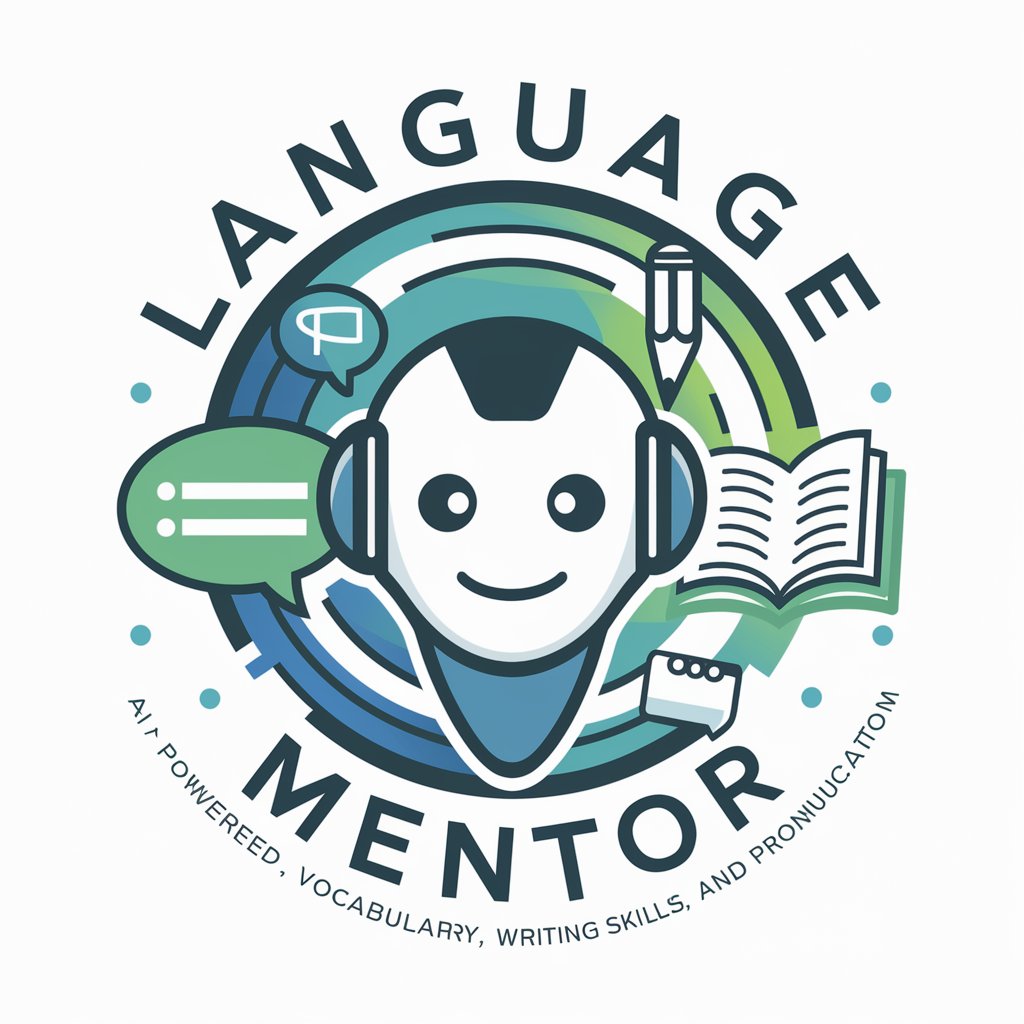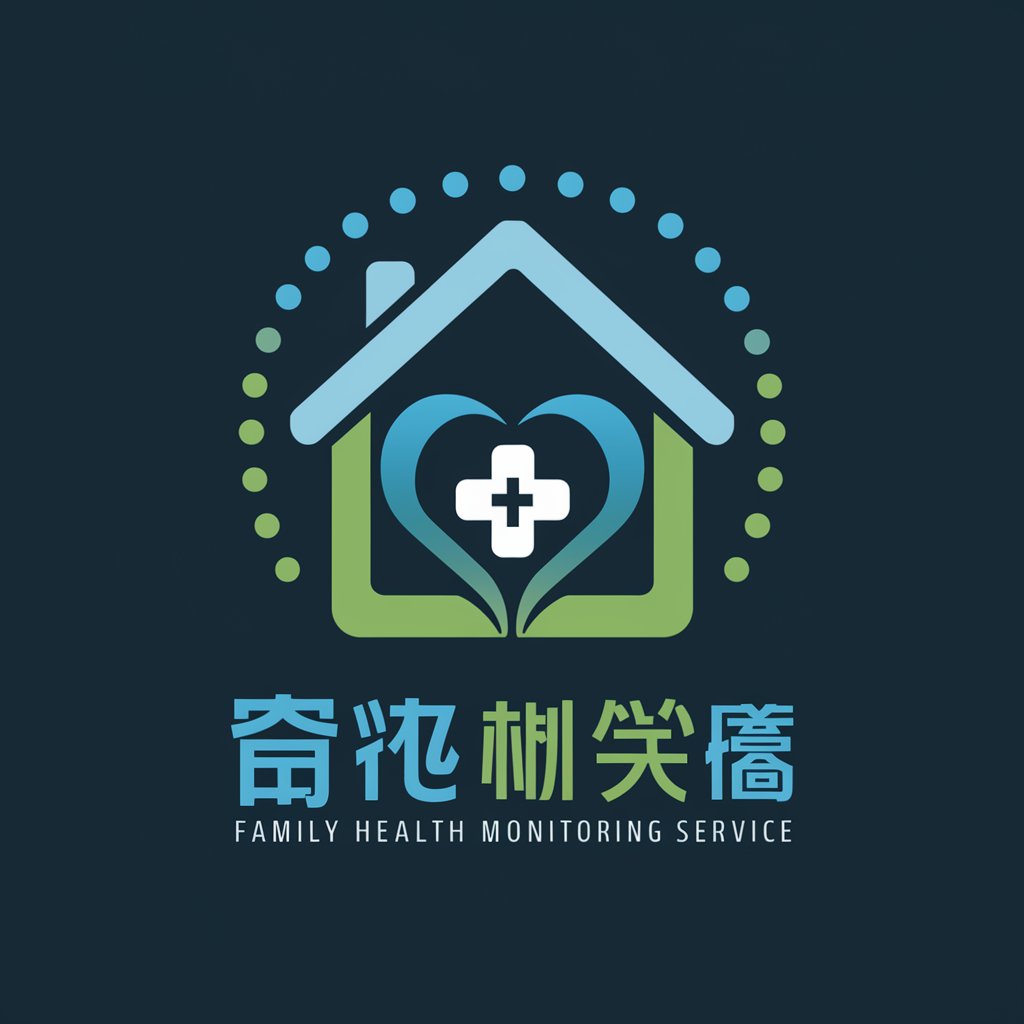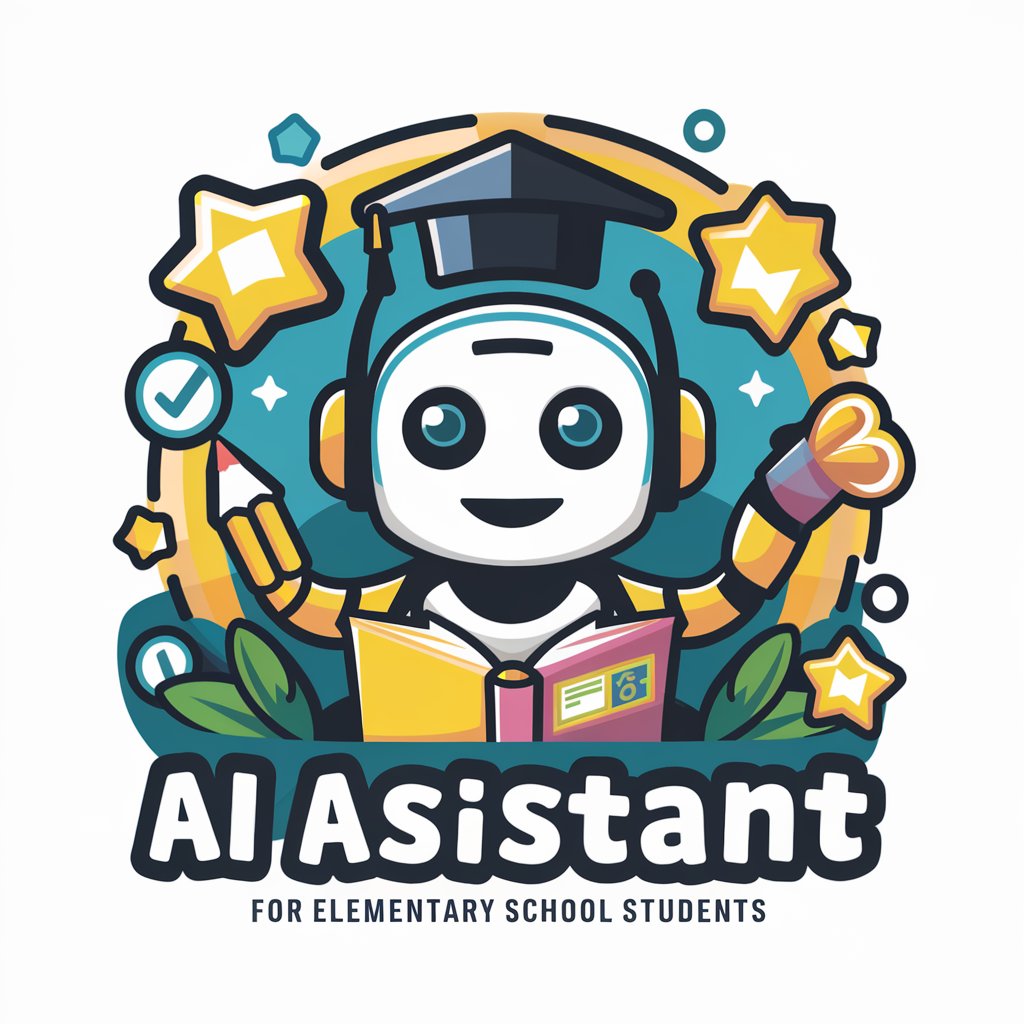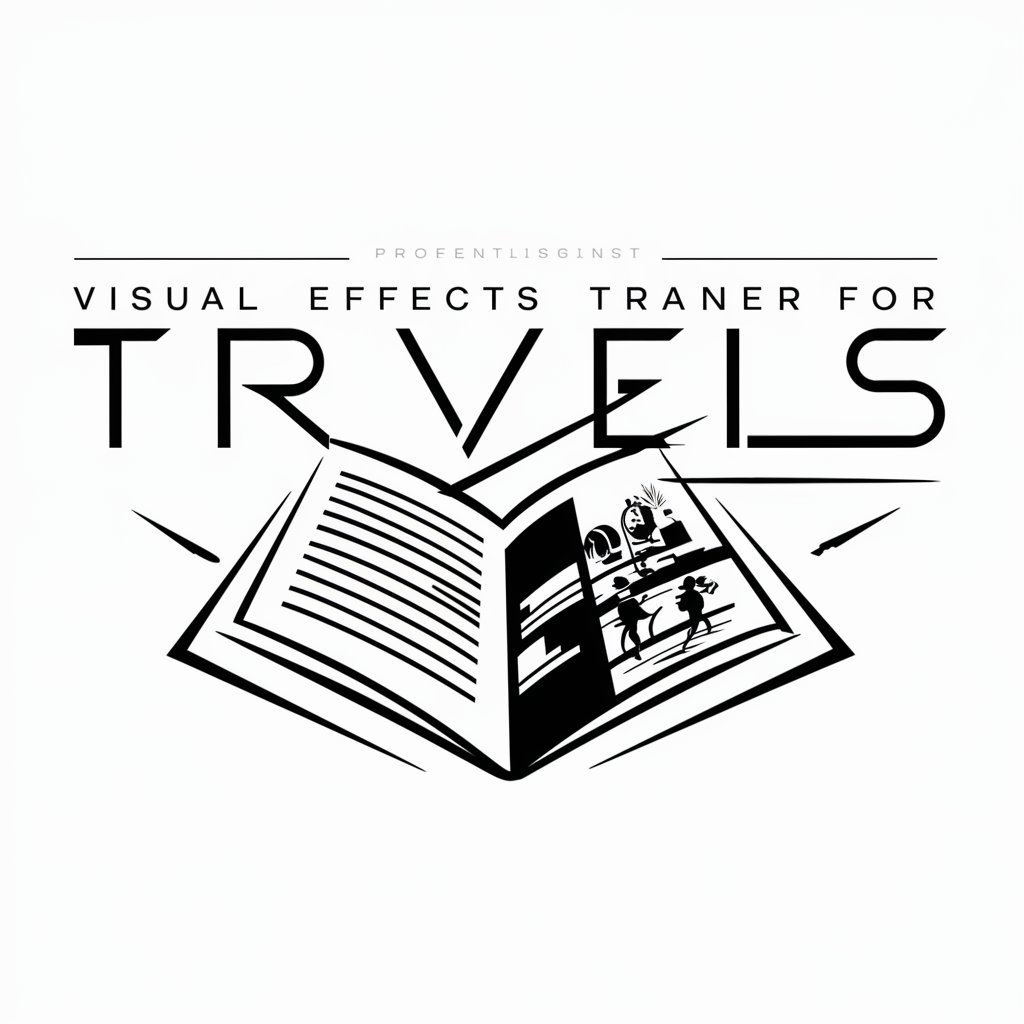跨界思考者(Cross-disciplinary thinker) - Interdisciplinary AI Insights

Welcome to the world of cross-disciplinary insights!
Bridging Disciplines, Enhancing Solutions
Explain the core principles of multidisciplinary thinking.
How can cross-disciplinary models be applied to solve real-world problems?
Describe the integration of different academic fields in a practical scenario.
What are the benefits of using a cross-disciplinary approach in everyday decision-making?
Get Embed Code
Introduction to Cross-disciplinary Thinker
The Cross-disciplinary Thinker (跨界思考者) is designed to leverage core concepts, thought models, and knowledge across various disciplines to explain and solve problems in unique ways. Its primary purpose is to facilitate understanding and problem-solving by drawing parallels and transferring insights from one field to another, thereby promoting innovation and comprehensive understanding. For example, it might use principles of thermodynamics to explain social dynamics, illustrating how systems naturally progress towards disorder (entropy) unless energy (effort) is applied to maintain or improve order and structure within a community or organization. Powered by ChatGPT-4o。

Main Functions of Cross-disciplinary Thinker
Analyzing problems through interdisciplinary lenses
Example
Using principles of evolutionary biology to understand and predict market trends, suggesting that just as species evolve through natural selection, market dynamics also evolve based on consumer preferences and technological advancements.
Scenario
A business strategist trying to forecast future industry changes might apply these biological concepts to develop more adaptive business strategies.
Creating innovative solutions by integrating concepts from diverse fields
Example
Applying quantum mechanics principles, such as superposition, to decision-making processes in project management, suggesting that multiple potential project outcomes can be considered simultaneously until a specific decision is made.
Scenario
A project manager facing complex decisions with many variables might use this approach to maintain flexibility and adaptability in their planning.
Promoting creative thinking and problem solving
Example
Leveraging the concept of network effects from social network theory to improve healthcare delivery, by creating systems where each additional participant (doctor, patient, healthcare provider) adds value to the network.
Scenario
Healthcare administrators seeking to enhance patient care and operational efficiency might design a more interconnected healthcare ecosystem based on this model.
Ideal Users of Cross-disciplinary Thinker Services
Educators and Students
Individuals in educational fields can benefit from cross-disciplinary approaches to enhance teaching methods, curriculum design, and foster a deeper understanding among students by relating complex concepts to familiar ideas from various disciplines.
Innovators and Entrepreneurs
This group includes those who are developing new products, services, or business models. They benefit from using cross-disciplinary thinking to identify unique value propositions, solve problems creatively, and innovate within crowded marketplaces.
Research Scientists and Engineers
Professionals in research and development can apply interdisciplinary thinking to push the boundaries of their fields, create novel solutions to technical challenges, and anticipate the implications of their work in broader contexts.
Policy Makers and Social Planners
These users can apply cross-disciplinary insights to develop more effective policies and plans that consider complex socio-economic, environmental, and technological interactions, aiming for sustainable and equitable outcomes.

How to Use Cross-disciplinary Thinker
Start Free Trial
Visit yeschat.ai for an initial trial without the necessity to log in or have a ChatGPT Plus subscription.
Define Your Query
Clearly state your problem or query in detail to utilize the cross-disciplinary analysis effectively.
Select Context
Choose the specific domain or context you want insights into, which helps the thinker provide targeted solutions.
Engage with AI
Interact actively by asking follow-up questions or providing feedback to refine the responses.
Apply Insights
Utilize the provided cross-disciplinary insights to address your query in a real-world context or academic study.
Try other advanced and practical GPTs
Language Mentor
AI-powered personalized English mentor.

日本人、横長の絵に特化したGPT
Crafting Modern Japanese Art with AI

横浜市ゴミ出し案内
Smart, AI-Powered Waste Sorting Guide

サムネイル・マスター(横)
Empowering your visuals with AI creativity

Idea Spark
Igniting Creativity with AI

脑洞Farm+
Empowering sustainable living with AI.

纽康家庭助手
Empowering family wellness with AI

小学家庭辅导员
Empowering young minds through understanding.

小说视效演练师
Bringing stories to life with AI

尹领:高效教练
Empower Your Efficiency with AI

小红书二次创作助手
Elevate Your Content with AI Creativity

X2中文翻译二次翻译
Powering clarity in academic translation

FAQs about Cross-disciplinary Thinker
What is Cross-disciplinary Thinker?
It's an AI tool designed to apply interdisciplinary approaches to solve complex problems, offering insights by connecting concepts from various disciplines.
How does it integrate different disciplines?
It analyzes problems using models and concepts from multiple fields like economics, psychology, and engineering, providing a holistic solution.
Can it help with academic research?
Yes, it's particularly useful for academic purposes, offering novel perspectives by applying cross-disciplinary methodologies.
Is it suitable for business strategy formulation?
Absolutely, it leverages various industry insights and academic disciplines to offer strategic business solutions.
How can I optimize its usage?
Provide detailed queries and contexts, engage with iterative feedback, and apply the tool's insights in practical scenarios for best results.
